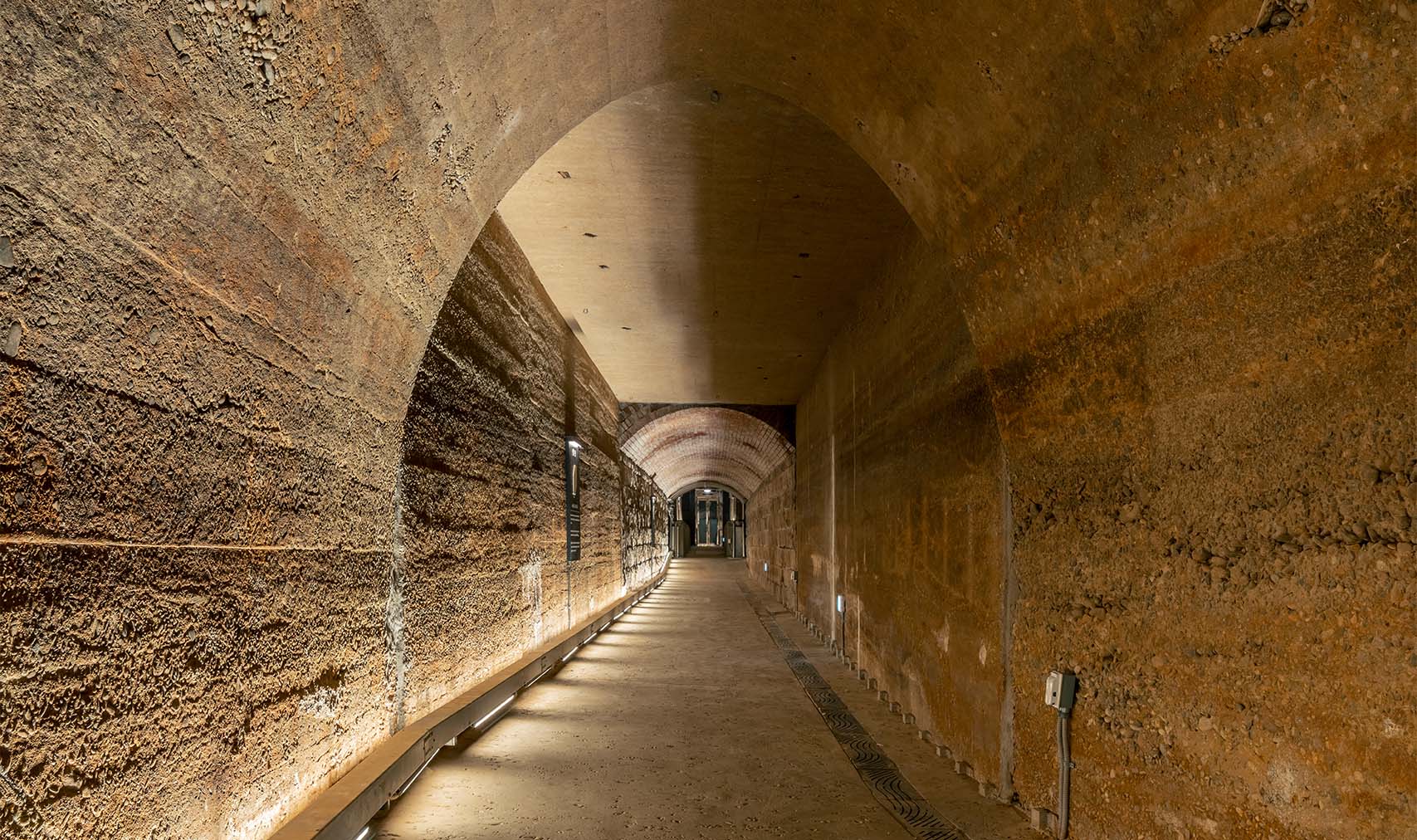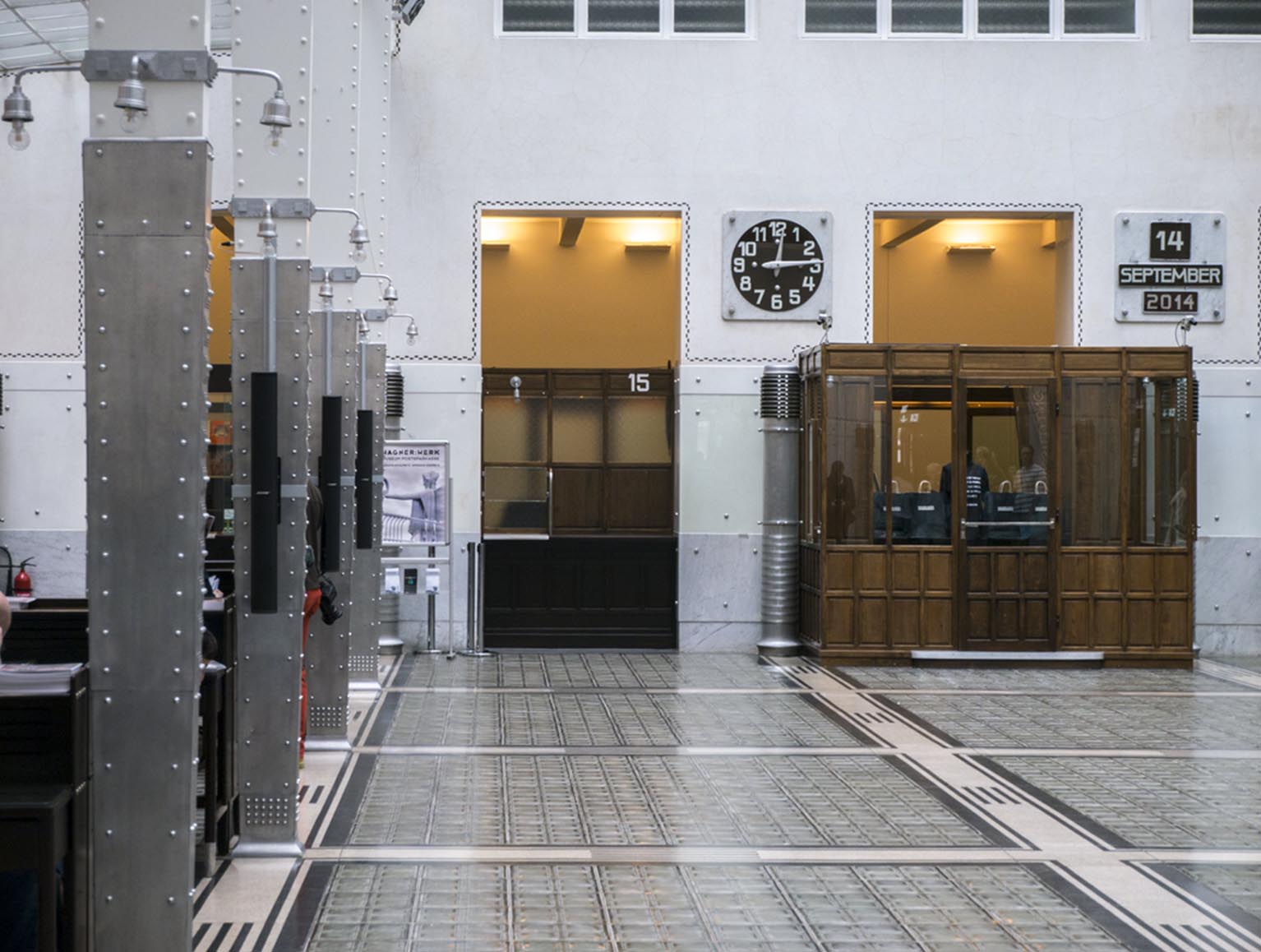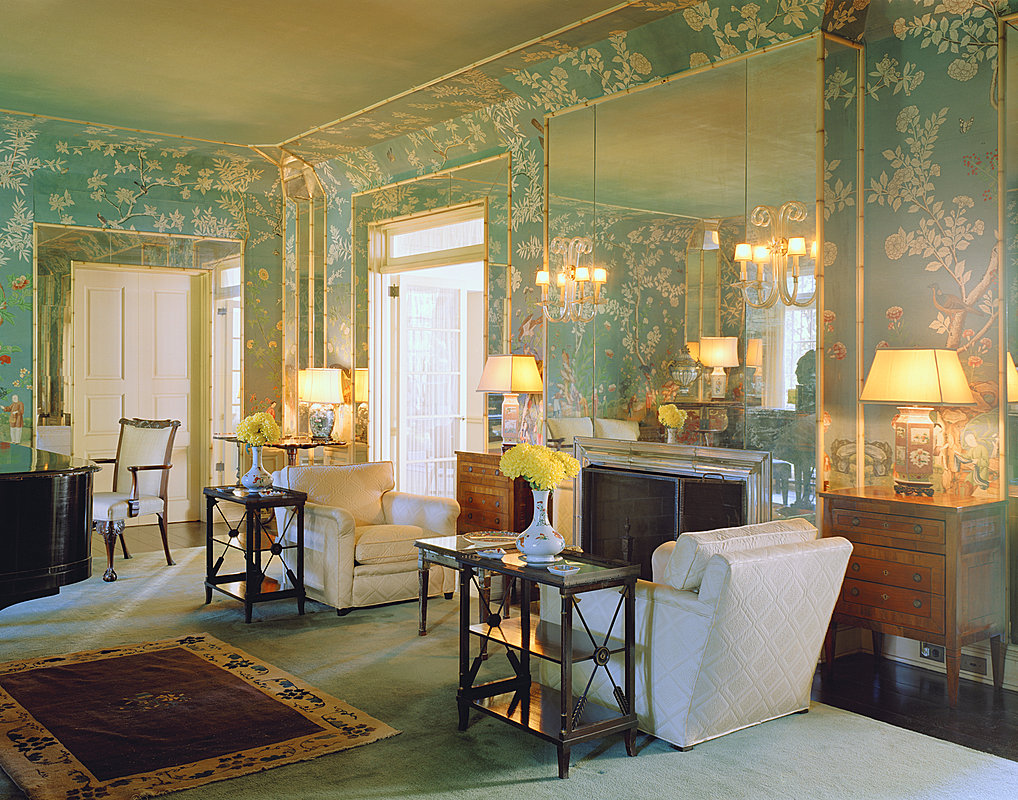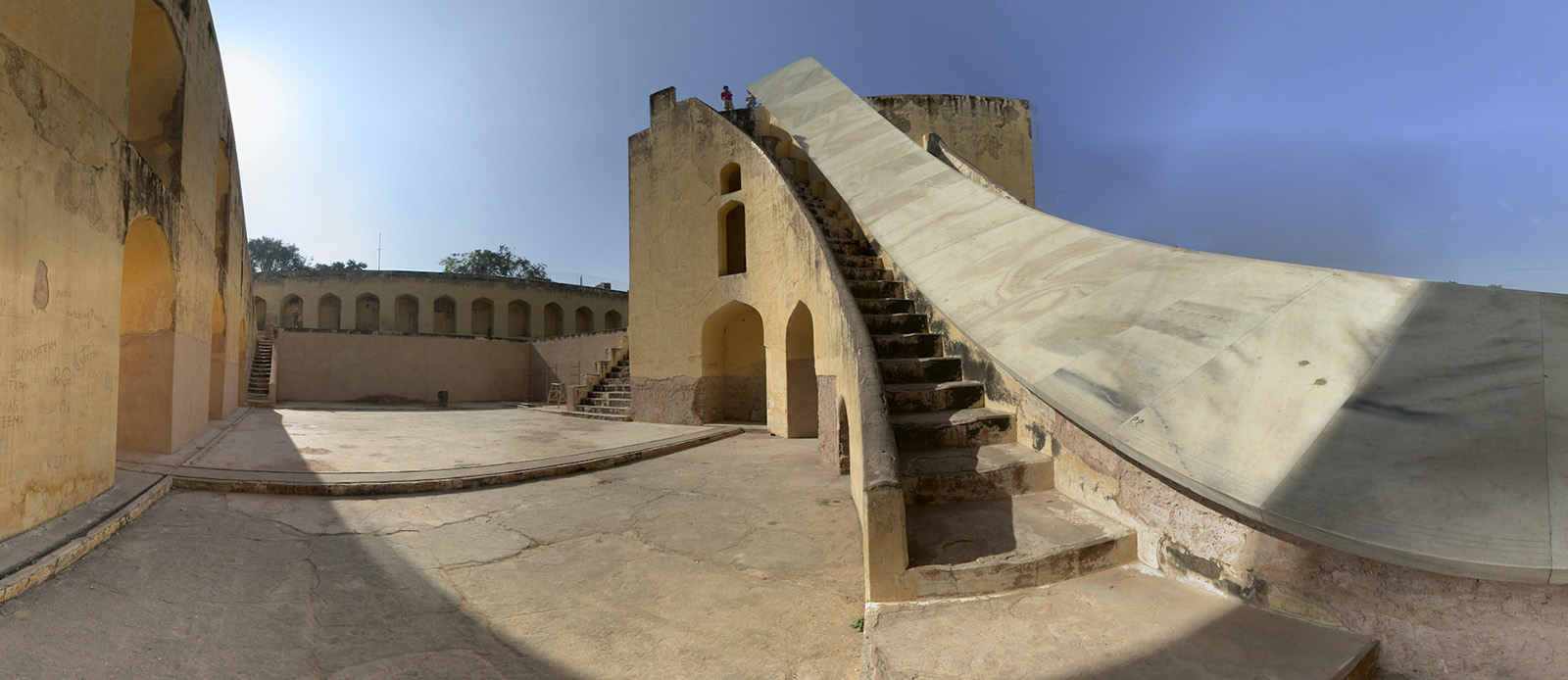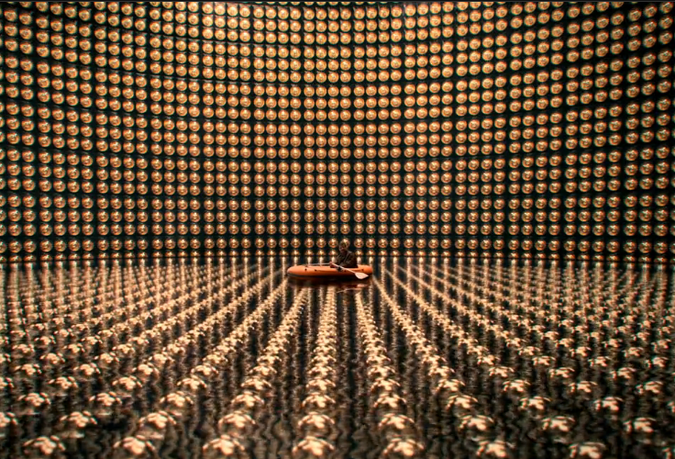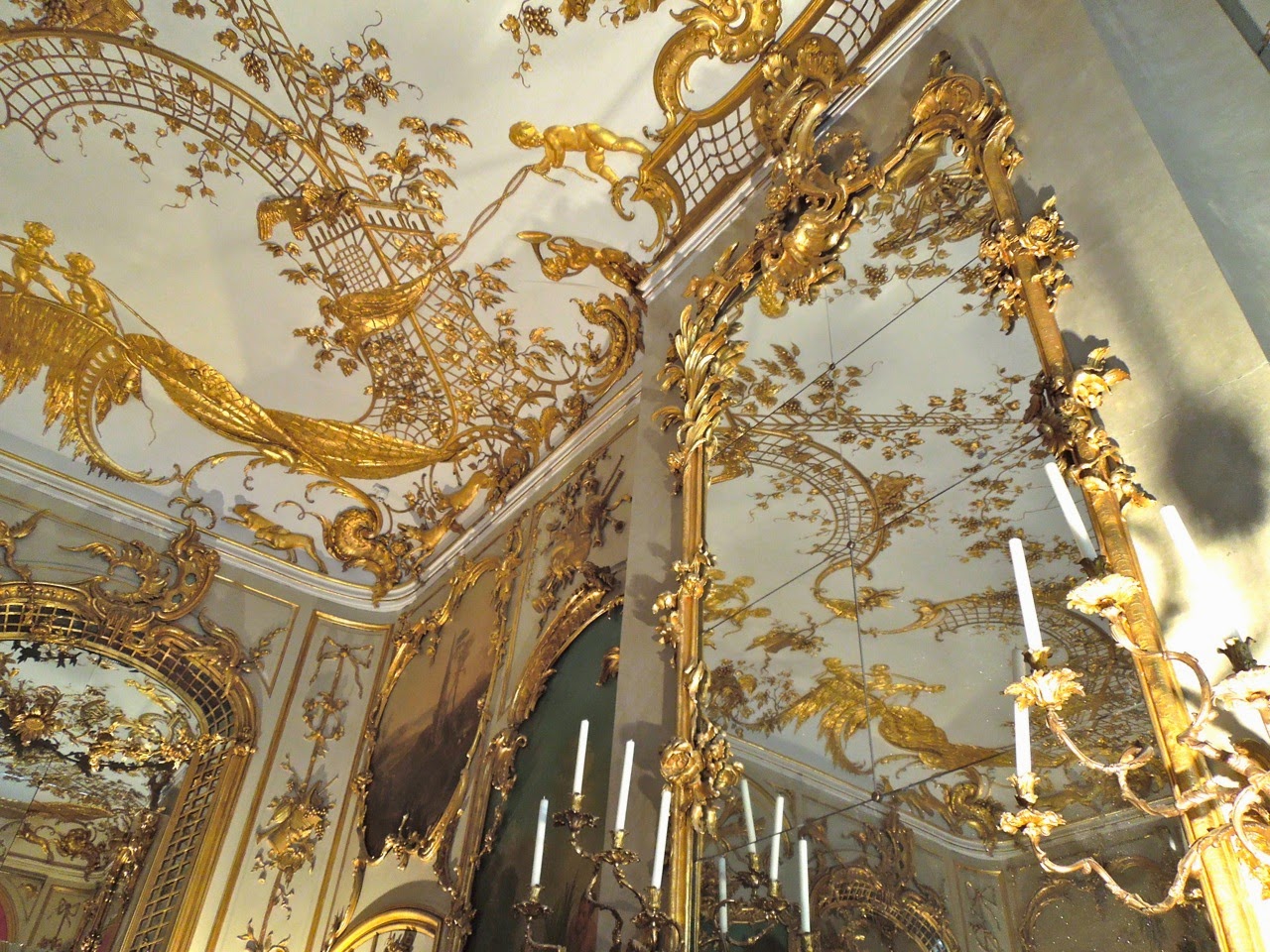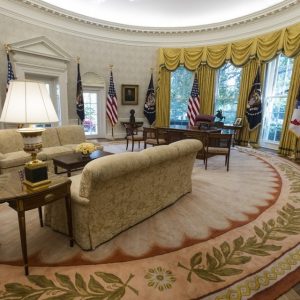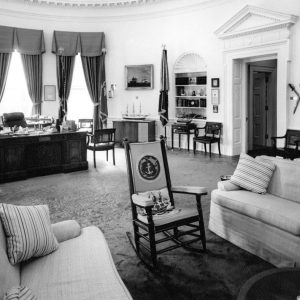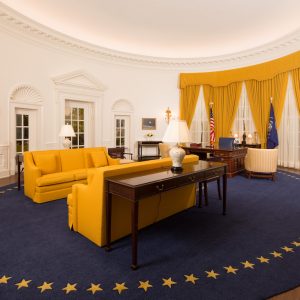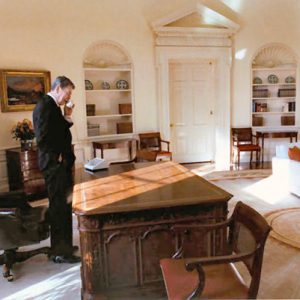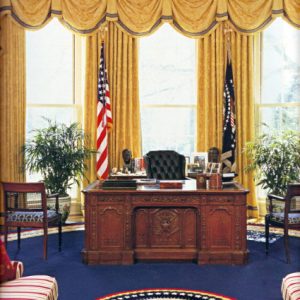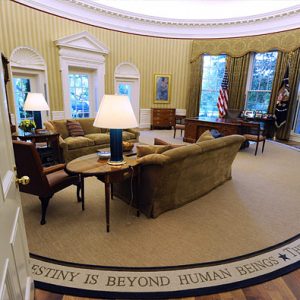The Oval Office
“You are about to move into the Oval Office—one of the most dramatic, architecturally satisfying rooms in the world—and you are going to have to make a basic decision: do you wish to admire it or work in it?”-Stephen Hess (2010).
Since the White House’s creation in the 19th century it has remained one of the most powerful symbols of American democracy. Serving as both a historic house museum and the contemporary home of the president of the United States the house has dual purposes: to exist as a place of education and learning for the public and to exist as a space of privacy and diplomacy for the president.
In this collection of interior spaces I analyze the ways in which the interior design of the White House symbolizes the presidency. The historian William Seale rightfully observes that the White House is a space which projects information and impressions of the nation and mainly of the president who occupies the space. Out of the 132 rooms in the White House, I will focus my research, with a few exceptions, on the Oval Office as a specific case study from which to analyze the ways in which the president is employing the history of design to devise his own image in relation to the presidency. The Oval Office is used as a space to reinforce legitimacy, reveal tastes and ideologies, and to display and exhibit the integrity of the president.
My studies in the interior design of the White House are informed by historical research such as William Seale’s book “The President’s House and James Abbott’s Designing Camelot: The Kennedy White House Restoration.” While this historical scholarship is significant in informing my work I also utilize archival materials, theoretical texts, news sources, and other significant documents to further enrich my research. This scholarship and historical interpretations of the interior design of the White House provide a framework from which to interpret and analyze the interior design of this space.
In this curated section, I analyze Donald Trump, Barrack Obama, George Bush, Bill Clinton, John F. Kennedy, Richard Nixon, and Ronald Reagan’s interior design of the Oval Office. Each redecoration of the White House generates a new interpretation of the space. Why did John F. Kennedy use the Resolute Desk as a point of reference in the OO? What does Donald Trump’s choice of displaying the painter R.E.W’s portrait of Andrew Jackson signify? Through a thorough analysis of these seven twenty-first century president’s redecoration of the Oval Office one begins to comprehend the significant symbolism embedded within each design choice. The following images summarize the significance and grandeur of The Oval Office while also examining how each domestic object within the space has social structures embedded in them.

